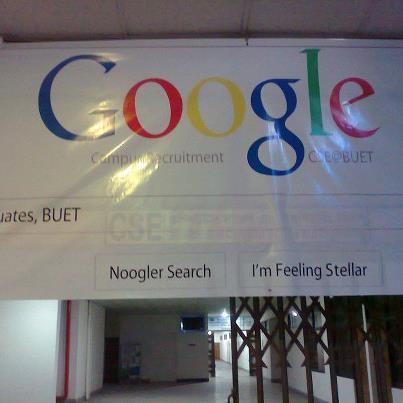While the concept of using mobile devices like smartphones, PDAs and iPads are indeed welcome, it is also necessary to understand and remember that these are not entirely without risks and hazards, especially among pre teenage student groups and teenage groups who may be inclined to visit social media sites, watch personal video clippings or other nature of mobile activity that are strictly not allowed in classroom settings. However, in order to downplay most of the hazards associated with inappropriate use of mobile devices and also harp and delve into its strength, it is necessary and even important to consider the following tips which may help classroom experiences of mobile device management in classrooms such that it offers minimum nuisance value and enhances the overall technology aided learning experiences, both for educators and the educated.
- In classroom settings, it needs to be fully ensured that smartphones and other devices are used only for educative purposes and not for entertainment, or personal use: This could be ensured by seeing to it that mobile phones, when not needed to be used in classrooms, are stored in pigeon hole cupboards, preferably named with each student name, for easy identification, at the end of the day or the time when mobile phones are required.
- BYOD system works fine but what about students who cannot afford mobile devices: Along with Buy Your Own Device (BYOD) there must also be provision for interactive collaboration between pupils in terms of sharing devices for classroom works. Indeed this sharing of devices would go a long way in the success story of this BYOD plan, especially since all pupils are given opportunities to share this technology to the utmost. Besides, technology is best applied and used when a great deal of assistance is shared among learners.
- There should be clear cut and enforceable Code of Mobile Use: Using mobile technology unlawfully could invite risk of punishment and even confiscation of mobile device: There is need for clear code that needs to be unmistakably honored in classroom settings. Mobile devices need to be switched off and made to lie face down in front of students’ tables during time of non-need for academic use. Students caught using mobiles for non-academic purposes during classroom time may risk their mobiles being fined or even have them confiscated or the students may themselves be debarred or suspended on ethical grounds. Rules need to be strictly enforced and implemented for good measure and control mechanism. All non-academic usage of mobile devices should be actively discouraged during classroom time.
- Myth that Mobile devices are less superior to laptop and desktop computers: It is often felt that due to size and content considerations, mobile devices do not aid and abet academics to the extent offered by others. Besides, mobiles are not pre-loaded with academic software and such software’s need to additionally pay for installation. This is indeed costly and sometimes beyond the economic reach of indigent students, who are already sharing mobiles with peer groups in classrooms. Mobile devices offer speed and connectivity and are generally safer than most other devices.
- How the distractive element of mobile devices could be solved: One of the main complaints against permission to allow mobile devices perhaps stems from lurking fears that this would be used by students for social media networking, watching movies or videos or playing games during class hours. Total ban of such activity, deployment and enforcement of strict rules for use or non-use and other laws could indeed monitor and control mobile use during school hours. Enforcement of penalties, or device confiscation could serve as major deterrents to enforce mobile discipline and this could add to the laws of use of mobile technology or devices in classroom settings.
More than the rules and laws governing mobile use in classrooms, it is the implementation and deployment that is more important, especially in terms of school administration. Should there be robust laws that consider all aspects of use and non-use which are duly communicated to students, it is possible to make mobile technology and devices be put to the best, optimum and most useful disposal to the service of school children all over the world.


